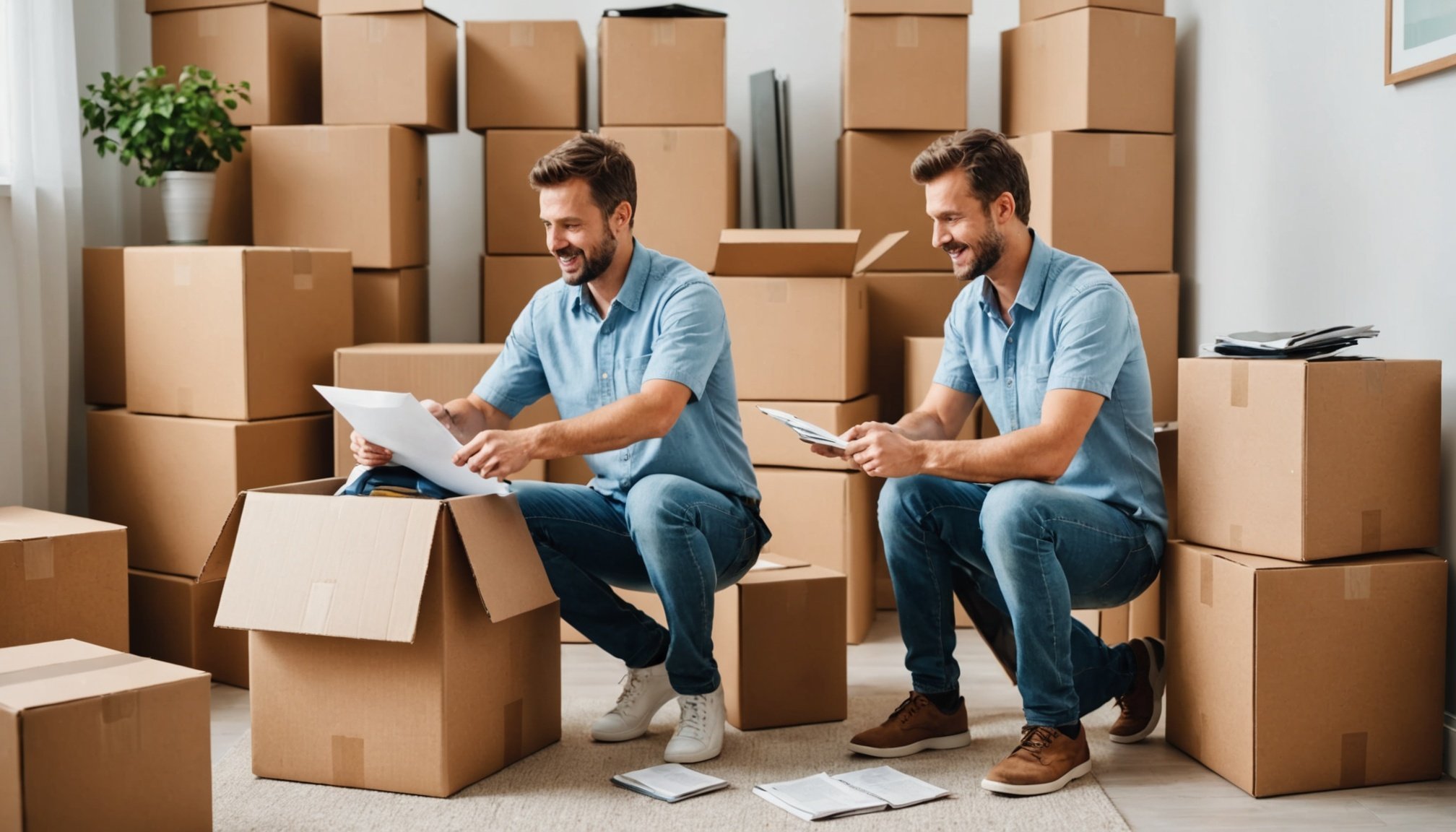Moving to a new home signifies a fresh chapter, filled with anticipation and excitement. Yet, amidst this excitement, a pressing concern often lurks—the safety of your valuables during the move. Whether you’re relocating across town or to a new city, ensuring your belongings are secure is paramount. Given the chaotic nature of moving, accidents can happen, leading to unwanted losses and impairment. This article will guide you on how to safeguard your possessions, ensuring they arrive at your destination in pristine condition.
Understanding the Moving Process
Before embarking on the journey of packing and shifting your belongings, it’s essential to understand the intricacies of the moving process. This understanding can significantly reduce the anxiety associated with relocating, while also paving the way for a more organized approach.
Also to read : How can you prepare your garden for a move to a new home?
Moving involves various stages, from planning and packing to transportation and unpacking. Each stage presents its own set of challenges and requires different strategies for protecting your items. Being well-prepared and having a clear plan can mitigate many potential pitfalls.
- Planning and Organization: Before the boxes come out, invest time in creating a comprehensive inventory of your possessions. This list will help you track your items from start to finish, ensuring nothing gets left behind or misplaced. Moreover, having a detailed plan will enable you to categorize items based on their fragility and value, allowing for tailored packing solutions.
- Choosing the Right Moving Company: The company you choose can make or break your moving experience. Research thoroughly, read reviews, and, if possible, get recommendations from friends or family. A reputable moving company that offers insurance and has a record of careful handling can be crucial in preventing damage.
- Timing and Scheduling: Aim to move during off-peak seasons or days when moving companies are less busy. This strategy can often result in more attentive service and even cost savings, further ensuring the safety of your items.
Packing Smart: Techniques and Materials
Packing plays a pivotal role in protecting your belongings. The way you pack can be the difference between your items arriving intact or in pieces. Here, we delve into effective packing techniques and the materials that provide the best safeguard for your possessions.
Also to discover : How can you set up your new home efficiently after the move?
- Quality Packing Materials: Invest in high-quality packing supplies such as sturdy boxes, bubble wrap, packing paper, and packing tape. While it might be tempting to use old boxes and newspapers, these often lack the strength and cushioning capacity needed to protect delicate items.
- Proper Wrapping Techniques: For fragile items, wrap each piece individually in bubble wrap or packing paper. Ensure that there are no gaps in the box by filling them with cushioning materials like peanuts or crumpled paper. This provides extra protection by absorbing shocks and preventing movement within the box.
- Labeling Boxes Accurately: Clearly label each box with its contents and destination room. Additionally, mark boxes containing fragile items with “Fragile” stickers to alert movers to handle these boxes with extra care.
- Disassembling Large Items: Whenever possible, disassemble large furniture and wrap individual parts separately. This not only reduces the risk of damage but also makes the items easier to move.
- Special Care for Valuables: Items of high value, whether monetary or sentimental, should be packed with extra care. If possible, transport these items personally rather than entrusting them to movers.
Transportation and Handling Precautions
The transportation phase is one of the most vulnerable times for your belongings. Proper handling and transportation precautions can significantly reduce the risk of damage.
- Secure Loading: Ensure that all boxes are securely packed in the moving truck. Heavier items should be placed at the bottom, with lighter, more delicate items on top. This strategic arrangement prevents crushing and shifts during transit.
- Strapping and Padding: Use straps to secure larger items and prevent them from shifting. Additionally, padding can be used around and between items to protect them from impact during movement.
- Weather Considerations: Plan your move with the weather in mind. Rain, snow, or extreme temperatures can affect the integrity of your belongings. Use tarps or moving blankets to protect items from moisture and extreme temperatures.
- Professional Assistance: If you’re handling the move yourself, consider hiring professional movers to assist with loading and unloading. Their experience in handling and packing can prevent potential mishaps.
- Regular Check-ins: If your move involves long distances, check in with the driver or moving company regularly to stay updated on your belongings’ whereabouts and condition.
Unpacking and Settling In
After the whirlwind of the move, unpacking is often when hidden mishaps surface. A careful and methodical approach to unpacking can reveal the state of your belongings and help you settle in smoothly.
- Unpack Essentials First: Prioritize unpacking boxes containing essentials. This allows you to resume daily activities with minimal disruption.
- Inspect for Damage: As you unpack, inspect each item for signs of damage. If damage is found, document it immediately and contact your moving company if necessary.
- Organized Unpacking: Follow the same systematic approach used during packing. Unpack one room at a time to avoid overwhelming the process. This method also makes it easier to spot missing items.
- Reassemble with Care: Take your time reassembling any disassembled items. Ensure all parts are present and intact before beginning.
-
Recycle Packing Materials: Properly dispose of packing materials, or better yet, recycle them. This helps reduce waste and contributes positively to the environment.
Moving is both an adventure and a challenge. While the prospect of settling into a new space is exciting, the safety of your belongings is paramount. By understanding the moving process, employing smart packing strategies, ensuring careful transportation, and adopting a methodical approach to unpacking, you can protect your possessions and enjoy peace of mind. These steps ensure that your belongings are as ready for their new home as you are. With these guidelines, you’re well-equipped to tackle the move successfully, ensuring a seamless transition into your new abode.











